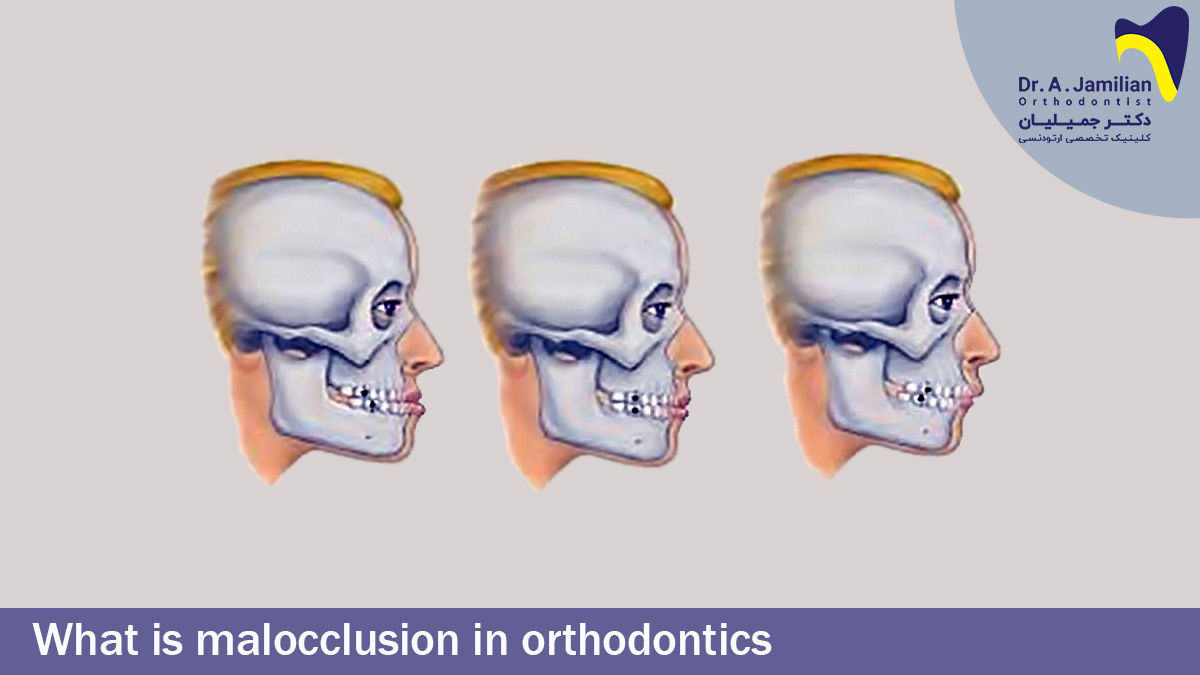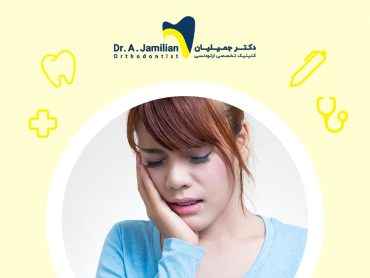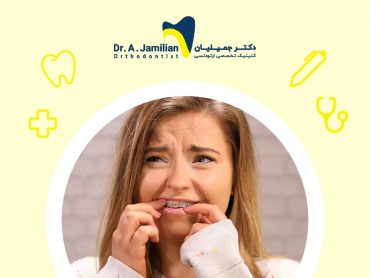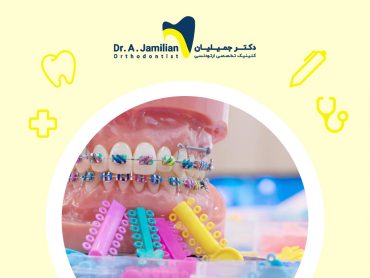Malocclusion is of importance in orthodontics and is one of the main reasons for the referral of patients to orthodontists. Based on the natural anatomical position of the mouth and the teeth, called the occlusion, the inner surface of the maxillary teeth should be on the outer surface of the mandibular teeth and cover them. Maxillary and mandibular molars should also be completely on top of one another. Any abnormality in this natural anatomical condition of the teeth is called malocclusion.
Severe cases of malocclusion without orthodontic treatment can lead to toothache, jaw pain, chewing and swallowing problems, speech disorders, and even respiratory problems.

Causes of malocclusion
Malocclusion occurs mainly due to hereditary factors. However, the environment and acquired disorders can also play roles in the occurrence of this condition.
Deciduous teeth decay and premature loss, traumas, bad habits such as finger sucking, inflammation, and severe infections during the eruption of permanent teeth, as well as poor oral hygiene are some of the environmental factors that can lead to malocclusion.
If not treated timely, dental malocclusions can result in conditions such as tooth decay, gingival problems, and maxillofacial abnormalities.
Types of malocclusion in orthodontics
Malocclusion type 1: This is the most common type of dental irregularities, in which the jaws are located in the right place, but maxillary and mandibular teeth are placed on top of one another with a slight difference, resulting in minor complications such as increased gap between teeth and increased teeth density as well as overgrowth of one or more teeth.
Malocclusion type 2: In patients with small jaws, either the mandibular teeth are recessed or the maxillary teeth are protruded more than usual. In this condition, either the mandible leans too far backward or the maxilla tends too far forward.
Malocclusion type 3: This class of malocclusion is seen in people with large or small maxilla. In this case, the maxilla is recessed compared to its normal position.
Open bite and deep bite are two other types of dental malocclusions that are caused by high vertical growth or lack of vertical growth of the jaw, respectively.
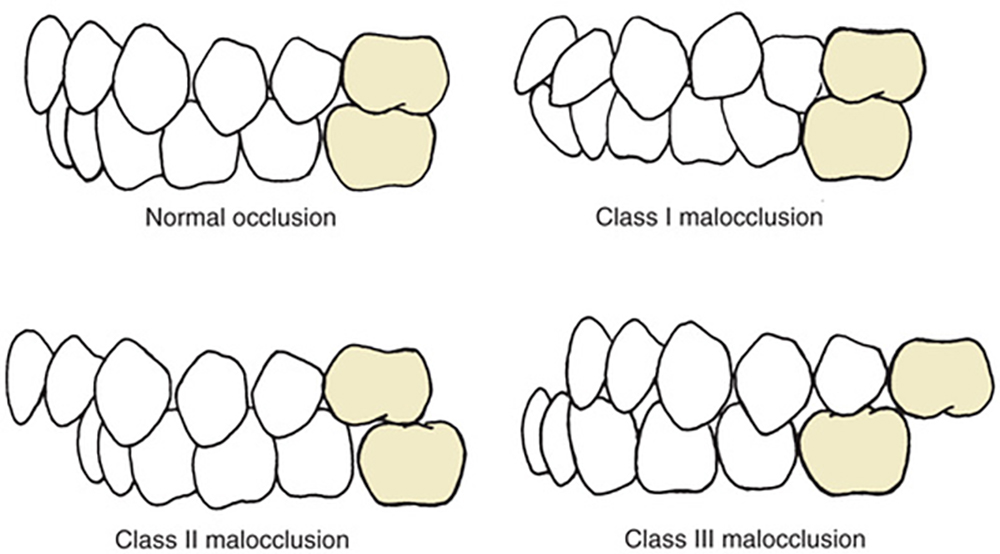
Treatment of malocclusion in orthodontics
Many dental irregularities are not enough to require treatment. However, in scenarios where dental problems lead to clinical complications or aesthetic dissatisfaction, orthodontic treatment is heavily recommended.
Depending on the type and extent of malocclusion, the orthodontist may prescribe specialty orthodontic or orthognathic treatments for patients. Such treatments include: bracketing to return teeth to their natural position, removing one or more teeth in the event of severe irregularities, shortening teeth in the event of overgrowth, or more severe cases; and oral and maxillofacial surgery with orthodontics.
Through effective treatment of malocclusion in orthodontics, the excessive pressure on the teeth is relieved. The clinical symptoms of this pressure, such as pain or movement disorders of the jaws, are eliminated.
In addition, the appearance of the teeth is improved and the risk of tooth decay and oral diseases is reduced.
The timely diagnosis and prompt treatment of malocclusion in orthodontics have a significant impact on achieving the desired result after treatment. Orthodontists consider childhood to be the best time to start treatment. The reason is that the bones are soft and growing and the teeth move easily in the jaw.
The duration of malocclusion treatment in orthodontics is highly variable and depends on the severity of the condition, but it commonly takes up to 1-2 years.
